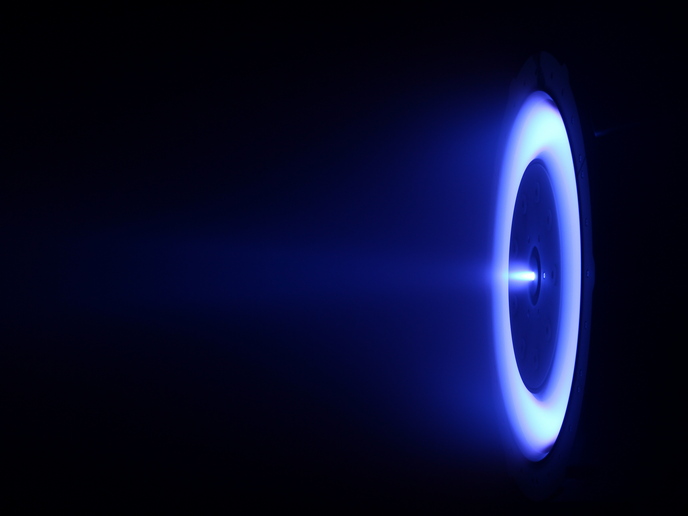EU project pioneers robust networking for space
Ethernet, the dominant technology for wired networks, is widely used in numerous terrestrial applications. Its relative low cost however has also led to its use in applications for which it was not originally designed – such as in space – but which present a whole range of new challenges. To address this, the EU-funded SEPHY project has sought to develop Ethernet components capable of withstanding the hostile environment of space, which would make them ideal for future space communication applications. SEPHY will help make Europe a pioneer in developing this critical space component, since there are currently no such space-graded Ethernet transceivers available on the global market. “The market has really been pushing for the development of Ethernet components for space,” explains SEPHY project coordinator Daniel González Gutiérrez from Arquimea in Spain. “While this adds a certain amount of pressure, it means that all partners in this consortium are committed to working towards developing a product that is currently unavailable but already in demand. This should also help to reduce dependence on export-controlled technologies coming in from outside Europe.” Networking in space The growing complexity of space technology has made the development of next-generation high-speed networking capabilities a priority. Networking systems must not only ensure smooth communication between all devices onboard but also guarantee service in an incredibly challenging environment. “The requirements for integrated circuits in space are very different to terrestrial applications,” explains González. “In particular, intense radiation can compromise reliability. Integrated circuits for space applications require great care during design and manufacturing in order to operate in such a harsh environment.” One solution, built upon by the SEPHY project, has been to design radiation-hardened (rad-hard) Ethernet components. The process of radiation hardening – involves making electronic components and systems resistant to damage or malfunctions caused by radiation. The SEPHY project is developing rad-hard transceivers that enable space systems to use Ethernet, while maintaining interoperability with existing technical standards. To achieve radiation hardening, the SEPHY project used a special manufacturing process to reduce the impact of radiation on integrated circuits. This was achieved in part through the use of insulation materials. In addition, new circuit design techniques were introduced to achieve rad hard design. Tests on prototypes started at the beginning of January 2017, with preliminary results showing strong performances. Tests on second-stage integrated circuits will begin at the end of the summer of 2018 and continue until project completion at the end of the year. The aim during this time will be to get the prototype as market-ready as possible. “impressions so far from both consortium partners and potential end users have been good, and we’re confident of delivering positive results,” says González. New frontiers The long-term impact of the SEPHY project, González believes, will be to put Europe at the forefront of rad-hard Ethernet adoption in space. This will create new high tech commercial opportunities and put researchers and academics at the cutting edge. “The Ethernet commercial and industrial integrated circuit market is dominated by non-European companies,” says González. “We hope that the success of SEPHY will not only be to ensure independence for European space endeavours, but possibly also market leadership as well.” The SEPHY consortium also plans to reuse the developed components for other mission critical applications, including automotive, avionics and industrial systems in which Ethernet is already or is likely to be the dominant networking technology. This extends the ambition of the proposal beyond space systems, notes González. “Extending the use of SEPHY to terrestrial applications could also help in positioning Europe as a player in the Ethernet integrated circuit market,” he says, “especially for critical applications”.







